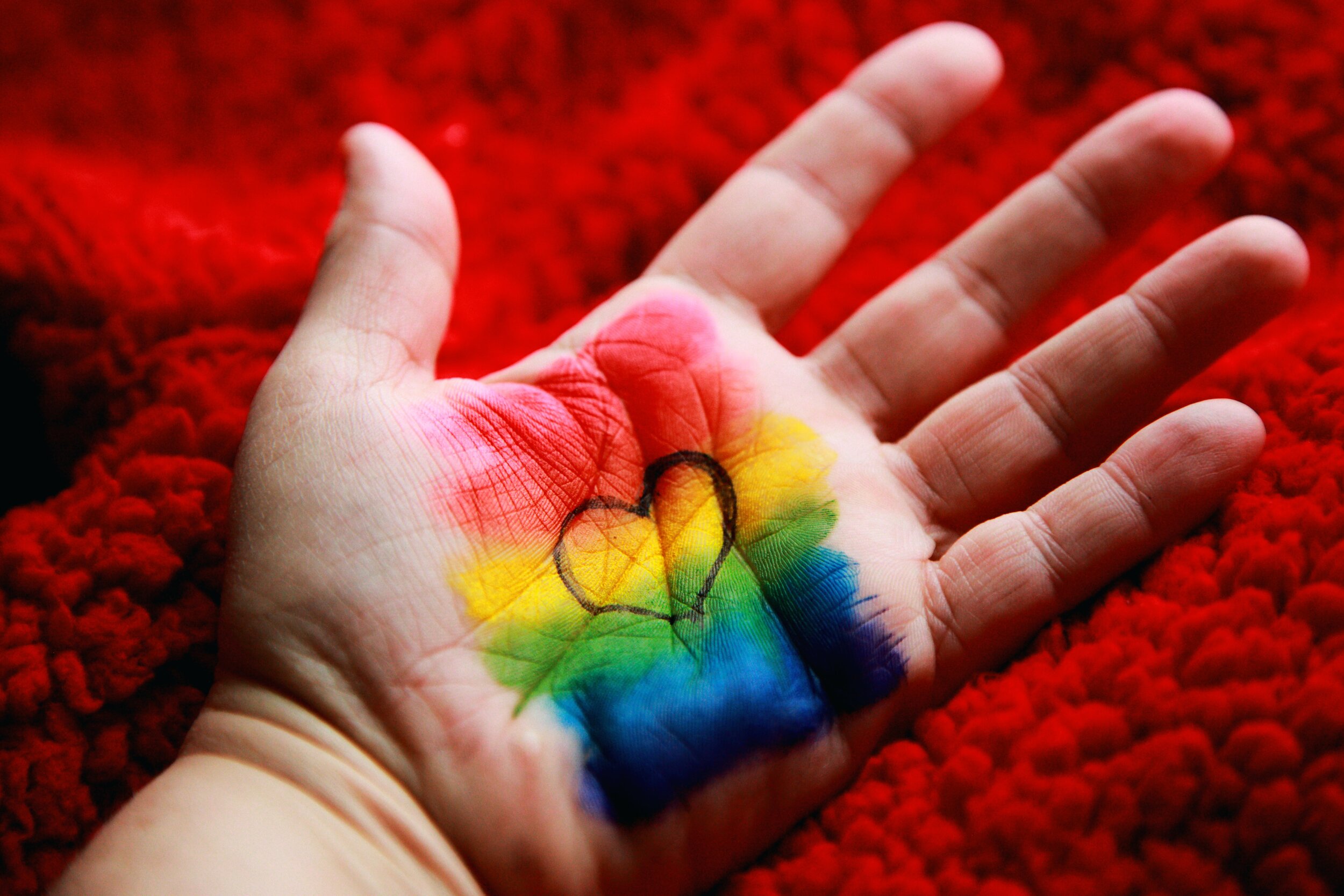Many trans, non-binary, and gender non-conforming youth may feel deeply uncomfortable having pictures of themselves pre-transition around the house. These pictures can trigger a youth’s gender dysphoria, reminding them of a painful past life which wasn’t right for them. Old pictures can convey to youth that there used to be (and perhaps still is) an incongruence between their own deeply held gender identity and their body. These difficult feelings can evoke emotions of disorientation, dysphoria, discomfort, unhappiness, trauma, and more. Zada Kent, the mother of a transgender son, writes that her son experienced gender dysphoria upon seeing pre-transition photos of himself that “didn’t coincide with who he is.” Gender dysphoria is an important medical matter that needs to be taken very seriously, so listening to your child’s concerns is essential.
In these situations, it is important for parents and family members of trans youth to listen with an open mind. Leave aside your own feelings, because your child’s feelings are likely more intense than you imagine. Your child feeling comfortable and validated in their identity is more important than keeping up old photographs on public display. As Zada Kent earnestly puts it: “removing some family photos off my walls . . . seemed like an easy price to pay for my son’s mental well-being.” While not all trans youth are unhappy having pictures of their past selves on display, a majority of them are. So, it’s important to approach this topic with sensitivity, an open mind, and an understanding heart.
Many parents report feelings of loss when their child undertakes a gender affirmation, so it’s understandable that removing old family photographs could exacerbate these emotions. Irwin Krieger writes in Counseling Transgender and Non-Binary Youth that “it helps parents to know that these feelings [of loss] are common. Parents may need to grieve.” Krieger goes on to say that “one of the best remedies for parents’ sadness is seeing their child flourish in their affirmed identity.” It’s normal to grieve the loss of the child you thought you had – but they are still the same person. This is a point many trans youth try conveying to their parents who are struggling to cope with their transitions – that they are ultimately a more authentic, happy, and true version of themselves. Who your child is as a person hasn’t changed, they are just affirming their own identity. And taking down old photographs may be a part of this affirmation.
In addition, keeping up pre-transition pictures could “out” your child to others who are not aware of their trans identity. This can create awkward situations that may trigger your child’s dysphoria and cause them to feel deeply uncomfortable.
So, try keeping old photos in your dresser or a shoebox – somewhere that your child won’t be forced to see them. This way, you can reminisce in past memories privately while protecting your child from the emotional turmoil of seeing themselves before they were living authentically. It’s possible that your child may not be bothered by these photos later on in their transition. But for now, just listen to them and do what you can to make them feel at ease.
Sarah J., a transfeminine author from An Injustice! Magazine, has a very creative approach to dealing with old pictures. She says that digitally ‘regendering’ old photographs to make yourself look like who you know yourself to be can help conquer dysphoria. This can be done through mobile apps (many of which are free these days) where you can alter hair length, add or remove makeup, change clothes, and more. Sarah J. powerfully says:
“So, if altering old photographs helps erase dysphoria, then, yes, we should regender them. In the end, regendering photographs is not so much creating a past that never was, it’s about capturing a past that we could not show until now.”
Digitally altering old photographs can help reclaim a past self which many trans youth weren’t able to express. In doing so, trans youth can work to overcome their dysphoria and encourage authentic self-expression.
At the end of the day, the best way to go navigate old photographs is by listening to your child. If they want you to take these photos down (which they likely will), it’s important to respect their wishes. Taking their concerns seriously will help ease their dysphoria and foster a safe home environment where your child can thrive and grow unhindered.
Sources:
Irwin Krieger, Counseling Transgender and Non-Binary Youth: The Essential Guide. 2017. Jessica Kingsley Publishers. https://smile.amazon.com/Counseling-Transgender-Non-Binary-Youth-Essential/dp/1785927434.
Sarah J., from An Injustice! Magazine. 2020. https://aninjusticemag.com/should-we-alter-old-photos-to-erase-dysphoria-55ae799ef0ee.
Zada Kent, from Medium. 2020. https://medium.com/lgbtqueer-ies/pretransition-pictures-to-display-or-discard-f5059b87b34d.







